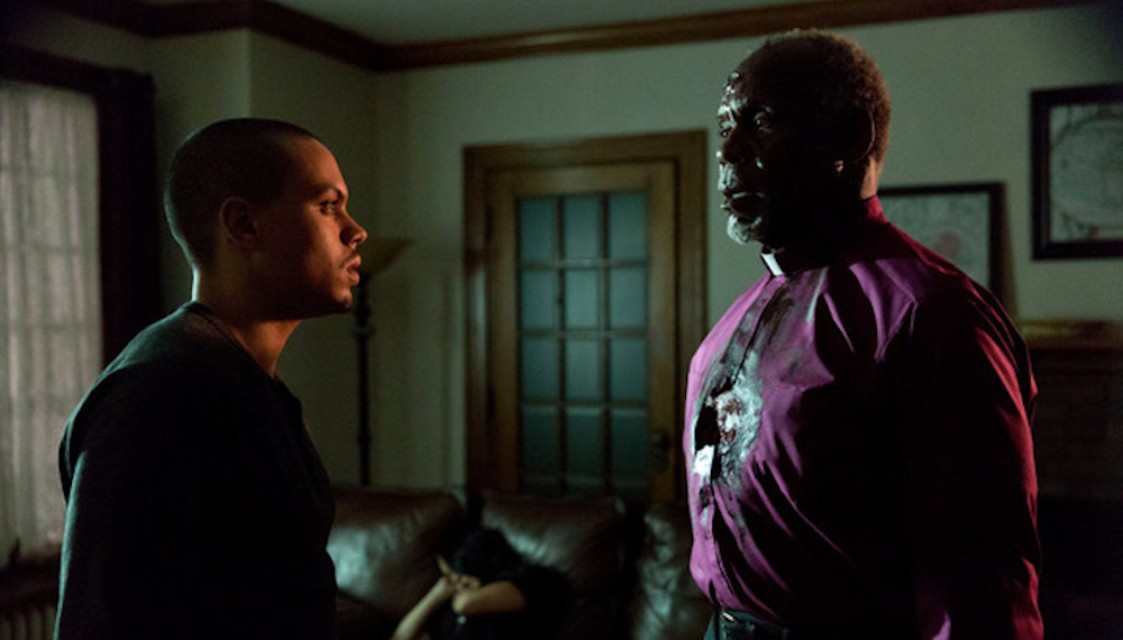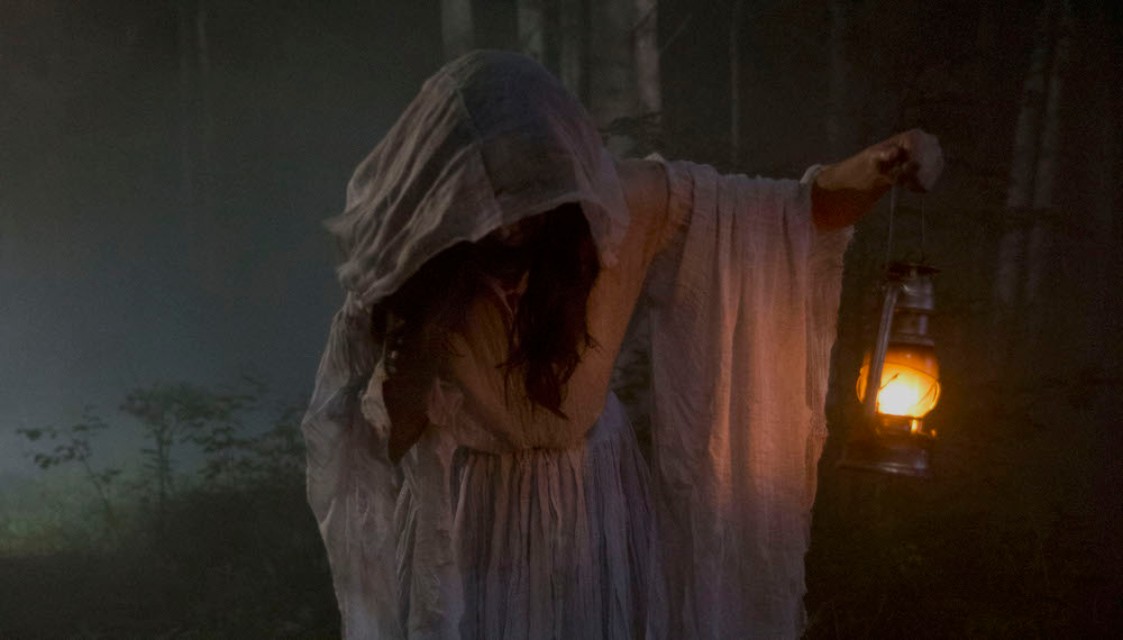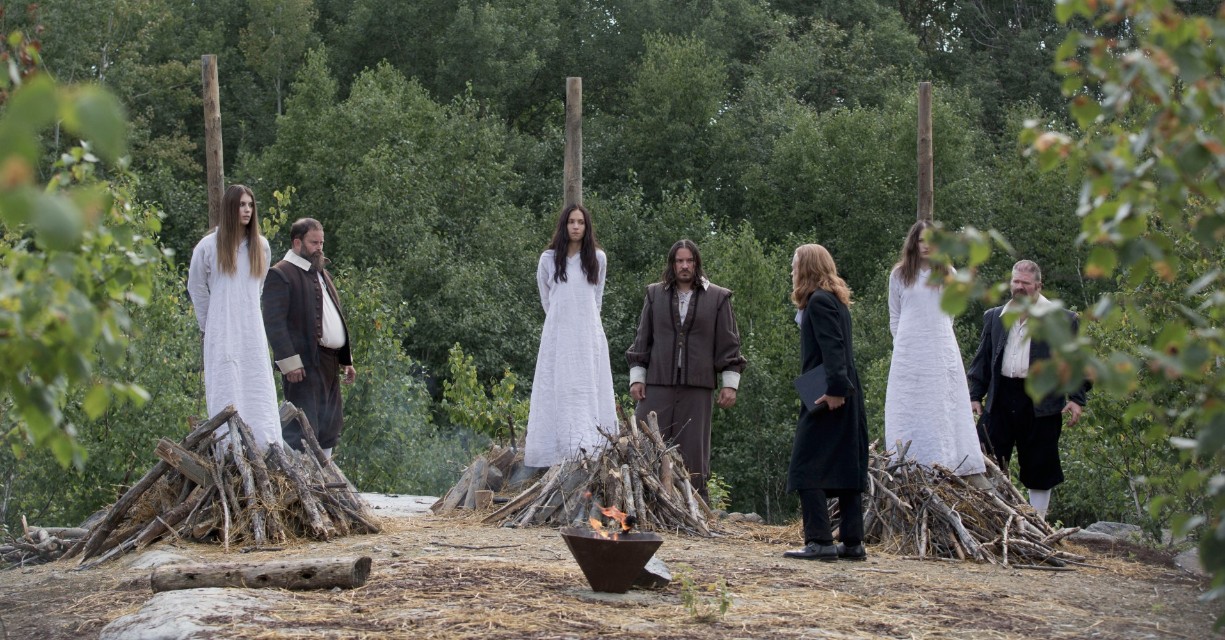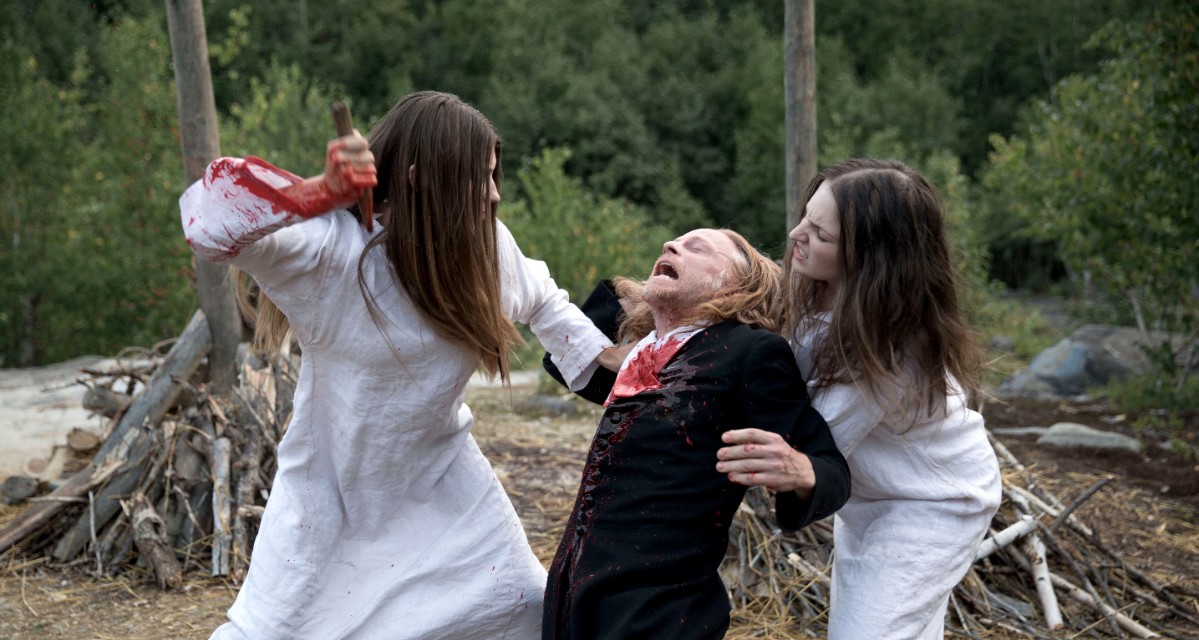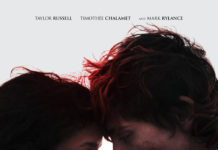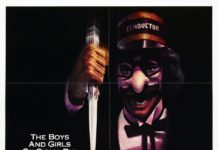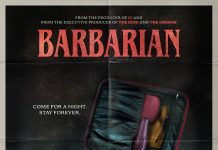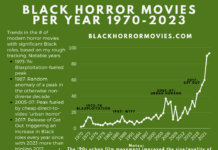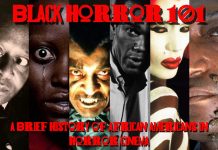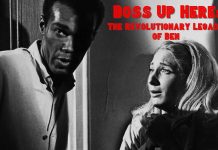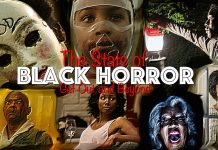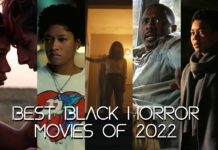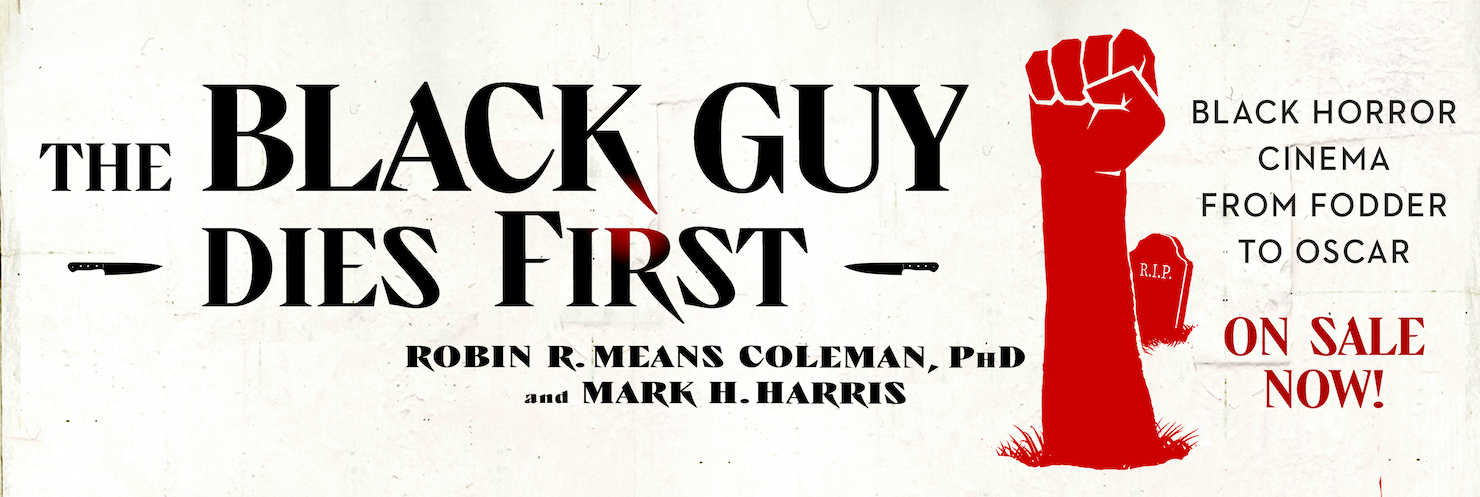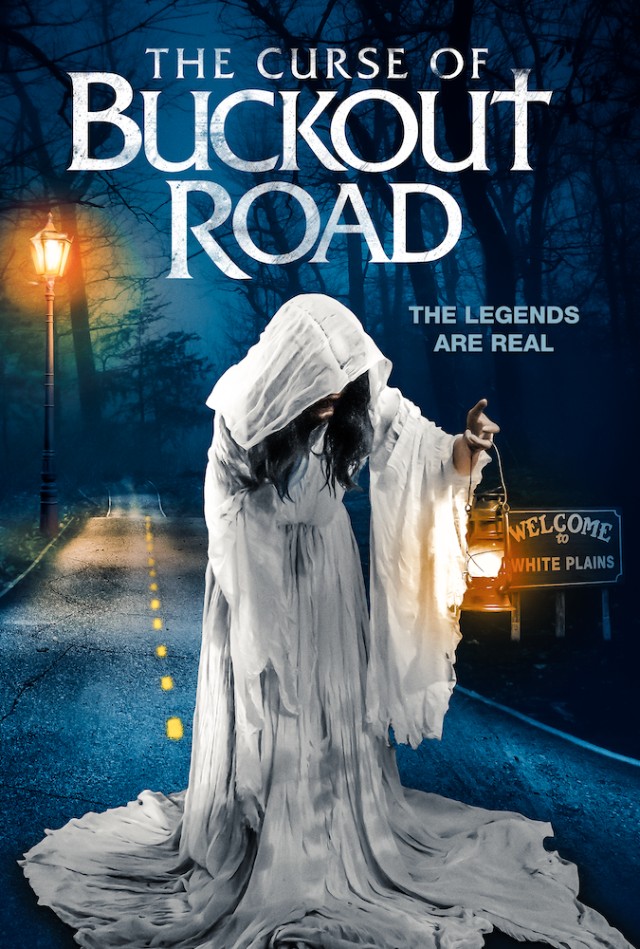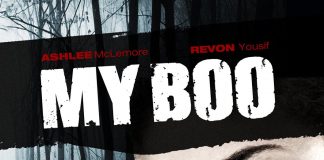For most of America (and the world, for that matter), the name Buckout Road means very little, but in and around Westchester County, New York, it’s apparently famous for being haunted. Or cursed. Or maybe both. Less famous than regional legends like the Headless Horseman and the Jersey Devil, Buckout Road’s story suffers from the fact that there is no one story.
One urban legend involves beeping a car horn three times to invoke the wrath of a clan of albino cannibals. Another revolves around three witches who were supposedly burned at the stake along the road. A third says a “woman in white” who hanged herself from a tree haunts the area. The only tale that has proven to have any validity is that of Isaac Buckhout, who killed his wife and a neighbor on New Year’s Day 1870.
Somehow, The Curse of Buckout Road manages to cram all of these stories into its plot and even finds room to inject a racial angle that brings the local lore into the wokeness of the 21st century. Evan Ross (Diana Ross’s son, although if I didn’t know better, I’d swear he fell from the tail end of the DeBarge tree) stars as Aaron, a Naval grad school student who returns to his hometown of White Plains, New York, where he’s lived since adolescence with his grandfather, Lawrence (Danny Glover), after his parents’ death.
Still struggling to connect to his gramps, Aaron becomes embroiled in the local legends when he begins to have shared nightmares with three college students whose project on the Buckout Road mythos may have incurred a deadly curse.
Despite the presence of Glover and Ross, along with familiar faces like Henry Czerny (Clear and Present Danger, Mission: Impossible, Sharp Objects), Dominique Provost-Chalkley (Wynonna Earp) and Colm Feore (Thor, Chronicles of Riddick, Exorcism of Emily Rose), The Curse of Buckout Road is a decidedly low-budget affair that suffers in stretches from its dearth of resources.
The stellar cast, however, helps offset its shortcomings, as does an ambitious narrative streak that combines a wide range of horror elements — from slashers to ghost stories to supernatural curses and Satanic cults — in a dynamic little package. Despite all of the moving pieces, none of those elements truly leaps off the screen, though. There are a couple of effective jump scares, but the movie lacks an overall creep factor, working more as a mystery whose twists and turns lead down some interesting paths.
Perhaps most interesting, however, is what’s NOT included in the story. You see, a full eight years before its release, the film was in pre-production with a script that leaned heavily on a racial angle that ends up playing only a minor role in the finished product. In the original story, James is described as “struggling with racism and discrimination in today’s society,” while the area’s curse originates from “voodoo witches” who seek vengeance when one of the Buckhouts (switched from Isaac to John — another real-life person — for no discernible reason) burns down a barn full of slaves after suspecting that one of them impregnated his wife. The curse turns Buckhout and his sons into “albinos who must eat human flesh to get back their pigmentation.”
In the final version of the film, while John Buckhout does suspect that his wife is carrying a “nigger baby,” he kills only his wife — no slaves. And the curse in the movie has origins long before the murder, so this racially tinged violence is just a manifestation of the preexisting evil in the land and doesn’t resonate as the raison d’être for the local legend.
It’s a shame that the racial element was downplayed (perhaps to give it more widespread appeal, although in the years this script has been floating around, Jordan Peele has shown there is an appetite for racially conscious horror) — not only because it would’ve added more social relevance, but also because it would’ve provided the plot with a more definitive focus rather than trying to corral four different legends into one story.
As it stands, none of the four tales stands out. The creepy, hunched-over “woman in white” character design is striking and worthy of taking center stage as the featured villain, but she’s afforded little screen time because there’s so much other stuff to shoehorn into the script. Centering the story on a slave curse — reparations in blood, as it were — and foregoing some of the other legends could’ve led to more efficient storytelling while also lending more real-world resonance, particularly in the current social climate.
